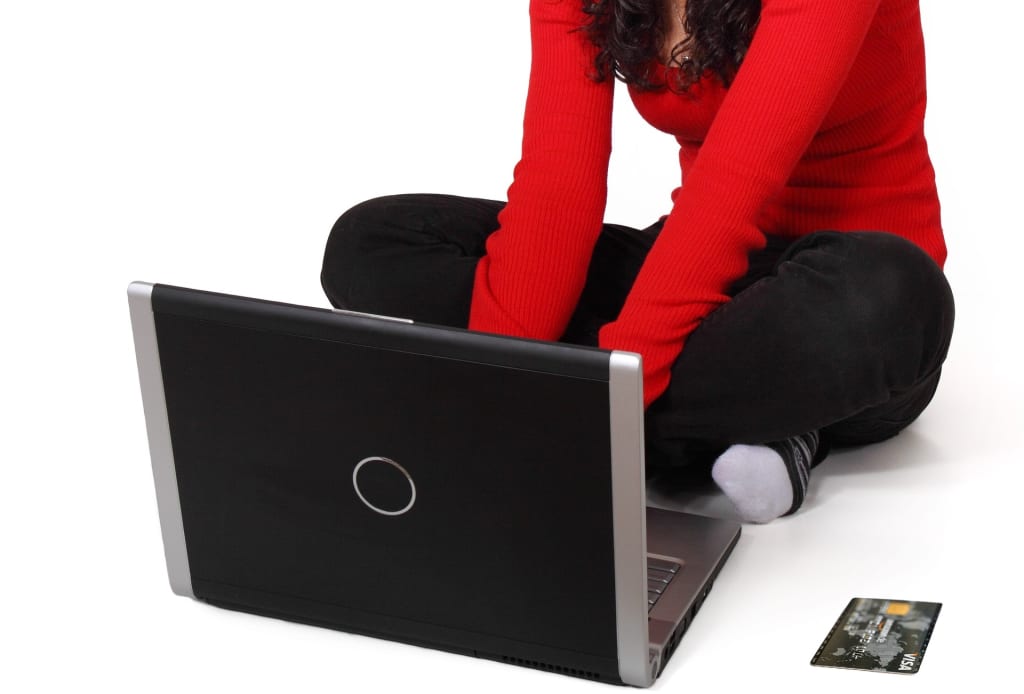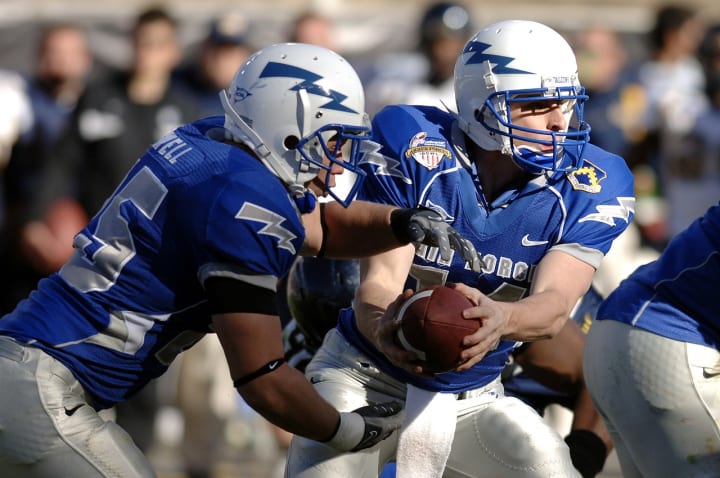
Hello there! I’ve been meaning to bring you some fun new something or other, but my time and attention have been elsewhere. Also, I couldn’t really decide what I wanted to bring to your attention. Then, I came across Body Labs. According to its website, the Manhattan-based company was founded in 2013 with the goal of digitizing and organizing “data and information related to human body shape, pose, and motion.” The company’s mission is to “transform the human body into a digital platform upon and around which goods and services can be designed, produced, bought, and sold.”
Body Labs has gotten quite a bit of press in recent years, the most abundant of which falls into specific categories, such as…
Commercial Applications
Body Labs is hitting the right commercial buttons using all the right trending tech. Take online clothing purchases, for instance. Unless you’re pretty intimate with the brand, ordering clothes online is a gamble. It’s hard to find the right size when you can’t try something on. It’s also hard to know if it’ll look as good on you as it does on the person modeling it. According to Judy Frankel, “Of the $1.2 trillion in worldwide footwear and apparel sales, $62.4 billion were returned for improper fit in 2015.”
But, the avatars made by Body Labs could potentially cut that number way down. Creating an avatar takes your height, weight, and detailed measurements into account utilizing full body profile, frontal, and backside images. Just using the images gets the avatar pretty damn close to right, but if the measurements are off a bit, you can easily go in and tweak them.

ALTHOUGH… SHE’S A BIT MORE TONED.
While that’s all well and good—and it really is—even better is the future potential of this tech in this same consumerism capacity. Think about going into a clothing store and using these avatars (with a store-linked system) to eliminate the necessity of trying anything on. Bliss. Or, going a step further, using these avatars to get bespoke clothing, made in-store, just for you via 3D printer. Double bliss. Manufacturing something like clothing would be more economical this way as well, seeing as there wouldn’t be a surplus of unsold merchandise or unused materials.
Medical Applications
Most of the current press on Body Labs in the “medical” section pertains to body weight. Specifically, creating a better way to consider an individual’s health spectrum than using BMI numbers. While BMI takes weight and height into account, the measurement doesn’t consider musculature, body structure, or where excess fat is located. That means healthy, fit individuals (like pro athletes) can slip into the obese category of BMI. Not taking into consideration the location of excess fat—around the thighs and upper arms versus around the torso—means that a healthy, average size person can fall into the same category as an individual with increased heart health risks. Body Labs’ body modeling can help individualize the body mass spectrum, taking you out of the wrong category and more precisely determining health risks.

PICTURED: TWO VERY NOT-OBESE OBESE MEN.
Body Labs’ body modeling is also good for helping to properly fit a prosthetic to an individual. In his article, “The Future of 3D-printed Prosthetics,” Jonathan Schwartz discusses how some companies are making the manufacture and availability of personalized prosthetics easier and cheaper. I can definitely see 3D-printed prosthetics as the way of the future. And, with Body Labs’ body modeling, this process can boast a natural fitting prosthetic.
There’s also the chance that body modeling could help in recovery. Think about this scenario: You have an avatar with full movement tracking. It’s all the rage, so of course you do. It’s the new Instatwitterbook—VR style! One day, you have a car accident after which your mobility is limited. Let’s say your back was hurt. A new, full movement body model is made of you after the accident and is played beside the pre-accident model. The pre-accident model is now the standard—it’s the level of mobility to which you want to get back. So, over the course of physical therapy new body models are made to compare progress. That’s cool, but how does it help? By comparing progressing body models to the standard, you can better target exact problems areas to make recovery faster, more effective, and longer lasting.
Don’t be afraid of the future
It’s true that body modeling isn’t only for the good of fashion and niche medical industries. Not only can immersive VR improve, but the ability to predict movements without using body markers opens up the door for expansive VR game play. Want to play D&D at the park without having to build your own costume so people won’t stare or try to beat you up, not that that’s happened to me or anyone I know, shut up don’t ask questions!

HERE’S TO FUTURE VR BEING SAFER THAN THIS SEEMS!
Sorry, got a bit sidetracked. The point is, this type of tech has the potential to improve commercial markets, niche medical industries, and—and—entertainment!
About the Creator
RJ Plant
RJ Plant is a Birmingham, AL, native currently terrorizing Williamsburg, VA. She writes sci-fi and fantasy with thriller elements and has a fantastic library, as well as a strange love for science. Want more? Visit rachaelplant.com.






Comments
There are no comments for this story
Be the first to respond and start the conversation.